Clarence B. Sabbath School serves 275 students in grades 6-8.
The student:teacher ratio of 21:1 was higher than the Michigan state level of 17:1.
Minority enrollment was 82% of the student body (majority Black), which was higher than the Michigan state average of 37% (majority Black).
School Overview
Grades Offered
Grades 6-8
Total Students
275 students
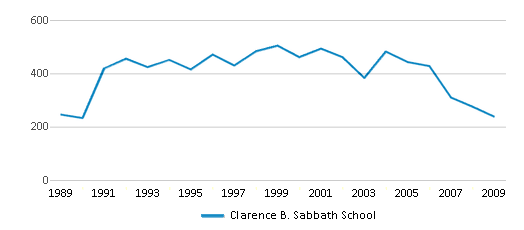
Total Classroom Teachers
13 teachers
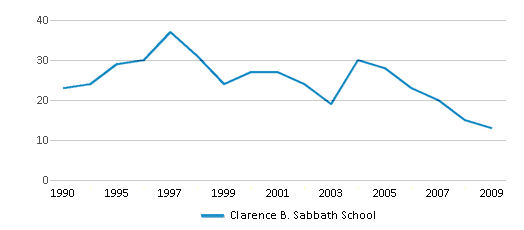
Students by Grade
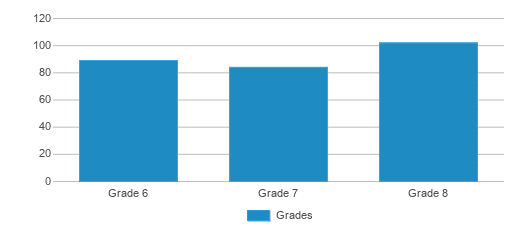
School Rankings
Student : Teacher Ratio
21:1
17:1
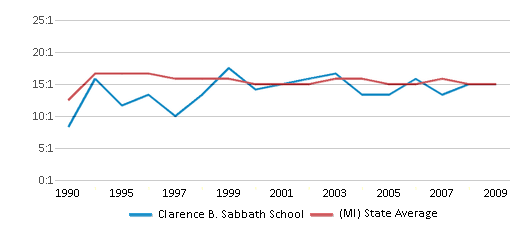
American Indian
1%
1%
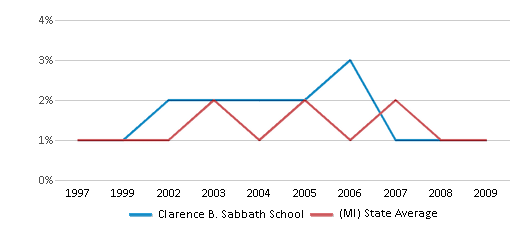
Asian
n/a
4%
Hispanic
4%
9%
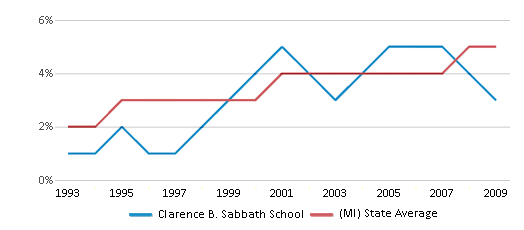
Black
77%
18%
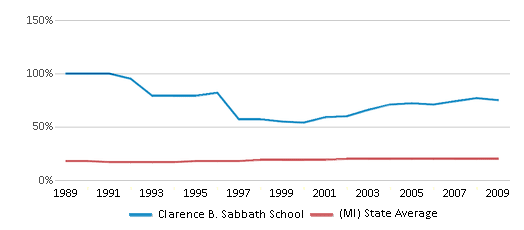
White
18%
63%
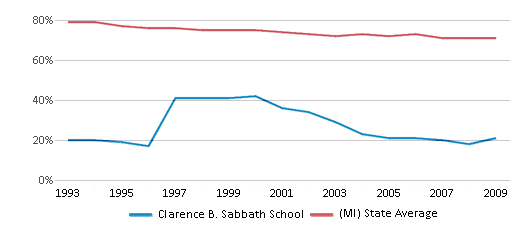
Hawaiian
n/a
n/a
Two or more races
n/a
5%
All Ethnic Groups
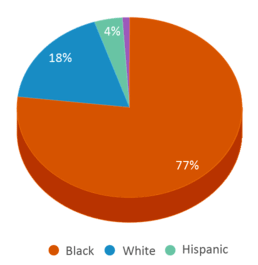
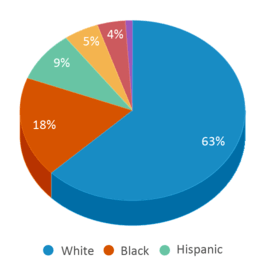
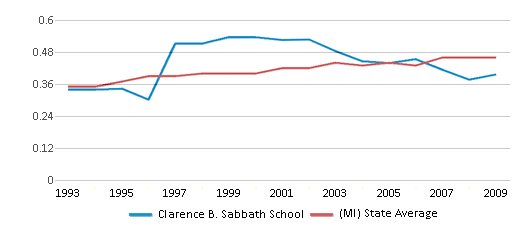
Eligible for Free Lunch
70%
50%
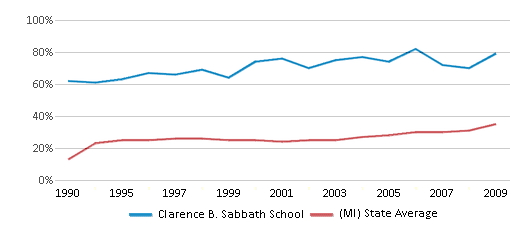
Eligible for Reduced Lunch
8%
4%
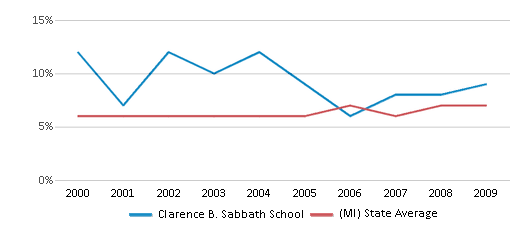
School Statewide Testing
School District Name
Source: National Center for Education Statistics (NCES), MI Dept. of Education
Frequently Asked Questions
How many students attend Clarence B. Sabbath School?
275 students attend Clarence B. Sabbath School.
What is the racial composition of the student body?
77% of Clarence B. Sabbath School students are Black, 18% of students are White, 4% of students are Hispanic, and 1% of students are American Indian.
What is the student:teacher ratio of Clarence B. Sabbath School?
Clarence B. Sabbath School has a student ration of 21:1, which is higher than the Michigan state average of 17:1.
What grades does Clarence B. Sabbath School offer ?
Clarence B. Sabbath School offers enrollment in grades 6-8
What school district is Clarence B. Sabbath School part of?
Clarence B. Sabbath School is part of River Rouge School District Of The City Of.
Recent Articles
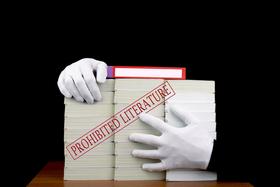
Understanding the Consequences of Banning Books in K-12 Education
Explore the historical and contemporary issues surrounding the banning of books in public K-12 schools. Discover how parental guidance can serve as a more effective educational strategy, fostering critical thinking and empathy while respecting the freedom to read.

Teaching in Contemporary Times
We explore why individuals choose teaching, illuminating intrinsic motivations, the influence of role models, the pursuit of lifelong learning, and the aspiration to impact society.

December 16, 2024
Personalized Learning: Revolutionizing Education for the 21st CenturyExplore the revolutionary approach of Personalized Learning in K-12 education. This article discusses the benefits, challenges, and potential of tailoring education to individual student needs, incorporating technology and adaptive learning methods to prepare students for the 21st century.





